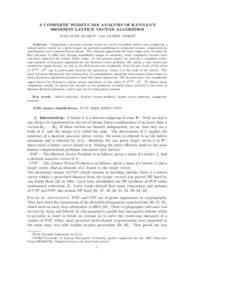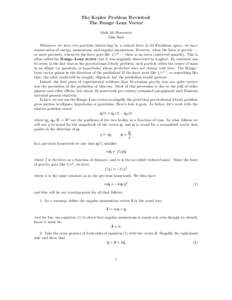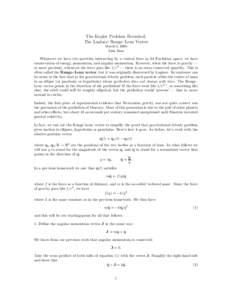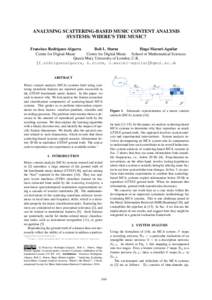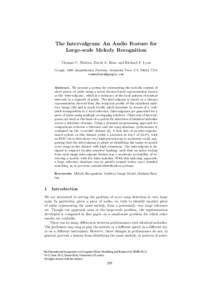<--- Back to Details
| First Page | Document Content | |
|---|---|---|
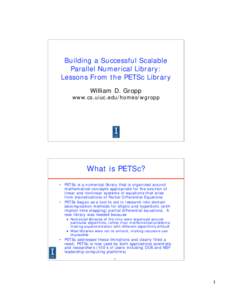 Date: 2016-08-16 11:52:11Algebra Mathematics Numerical linear algebra Linear algebra Abstract algebra Vectors Portable Extensible Toolkit for Scientific Computation Matrix Bill Gropp Euclidean vector Array data type Linear map |
Add to Reading List |
 Building a Successful Scalable Parallel Numerical Library: Lessons From the PETSc Library William D. Gropp www.cs.uiuc.edu/homes/wgropp
Building a Successful Scalable Parallel Numerical Library: Lessons From the PETSc Library William D. Gropp www.cs.uiuc.edu/homes/wgropp